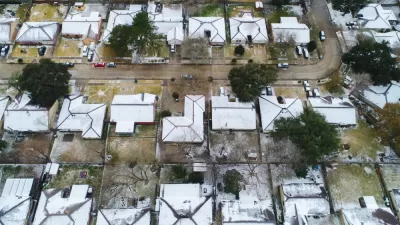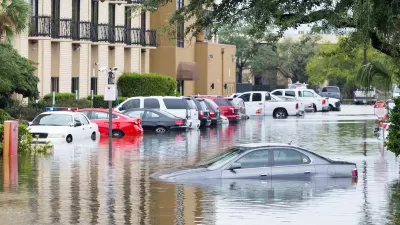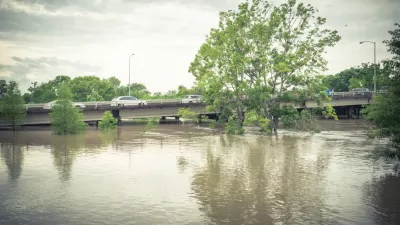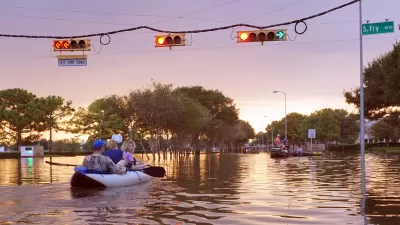Living in Texas this week has reminded me how dependent we are on infrastructure—and how interdependent these systems are. It's time we started investing in infrastructure as if it really matters to our daily lives.

Sitting here in central Houston this week, with no water, spotty internet, and the looming fear that we would lose power and heat, I kept thinking about John Snow.
Snow was the guy who solved the mystery of the cholera epidemic in London in the 1850s, which took thousands of lives. In so doing, he unleashed a remarkable modernization movement in sanitary infrastructure, which has led to a revolution in public health. This sanitary revolution also set the tone for the way cities — and, indeed, all human settlements — work today: We depend almost entirely on centralized infrastructure to provide us with the things we need to live a civilized life.
There’s no question that we in the United States are living off our past investments in infrastructure without building the new stuff we need or even upgrading the old stuff we have. This is often cast in terms of economic competition with China and other developing countries, but it’s much more personal than that — it’s a matter of maintaining the quality of our lives every single day. Yet our general sense of inertia and our unwillingness to make long-term investments puts us at risk every day, as the ERCOT crisis has shown.
FULL STORY: Infrastructure Isn’t An Abstract Concept. It’s Very Personal.

Study: Maui’s Plan to Convert Vacation Rentals to Long-Term Housing Could Cause Nearly $1 Billion Economic Loss
The plan would reduce visitor accommodation by 25,% resulting in 1,900 jobs lost.

North Texas Transit Leaders Tout Benefits of TOD for Growing Region
At a summit focused on transit-oriented development, policymakers discussed how North Texas’ expanded light rail system can serve as a tool for economic growth.

Using Old Oil and Gas Wells for Green Energy Storage
Penn State researchers have found that repurposing abandoned oil and gas wells for geothermal-assisted compressed-air energy storage can boost efficiency, reduce environmental risks, and support clean energy and job transitions.

Private Donations Propel Early Restoration of Palisades Playground
Los Angeles has secured over $1.3 million in private funding to restore the Pacific Palisades playground months ahead of schedule, creating a modern, accessible space that supports community healing after recent wildfires.

From Blight to Benefit: Early Results From California’s Equitable Cleanup Program
The Equitable Community Revitalization Grant (ECRG) program is reshaping brownfield redevelopment by prioritizing projects in low-income and environmental justice communities, emphasizing equity, transparency, and community benefits.

Planting Relief: Tackling Las Vegas Heat One Tree at a Time
Nevada Plants, a Las Vegas-based nonprofit, is combating the city’s extreme urban heat by giving away trees to residents in underserved neighborhoods, promoting shade, sustainability, and community health.
Urban Design for Planners 1: Software Tools
This six-course series explores essential urban design concepts using open source software and equips planners with the tools they need to participate fully in the urban design process.
Planning for Universal Design
Learn the tools for implementing Universal Design in planning regulations.
Ascent Environmental
Borough of Carlisle
Institute for Housing and Urban Development Studies (IHS)
City of Grandview
Harvard GSD Executive Education
Toledo-Lucas County Plan Commissions
Salt Lake City
NYU Wagner Graduate School of Public Service





























